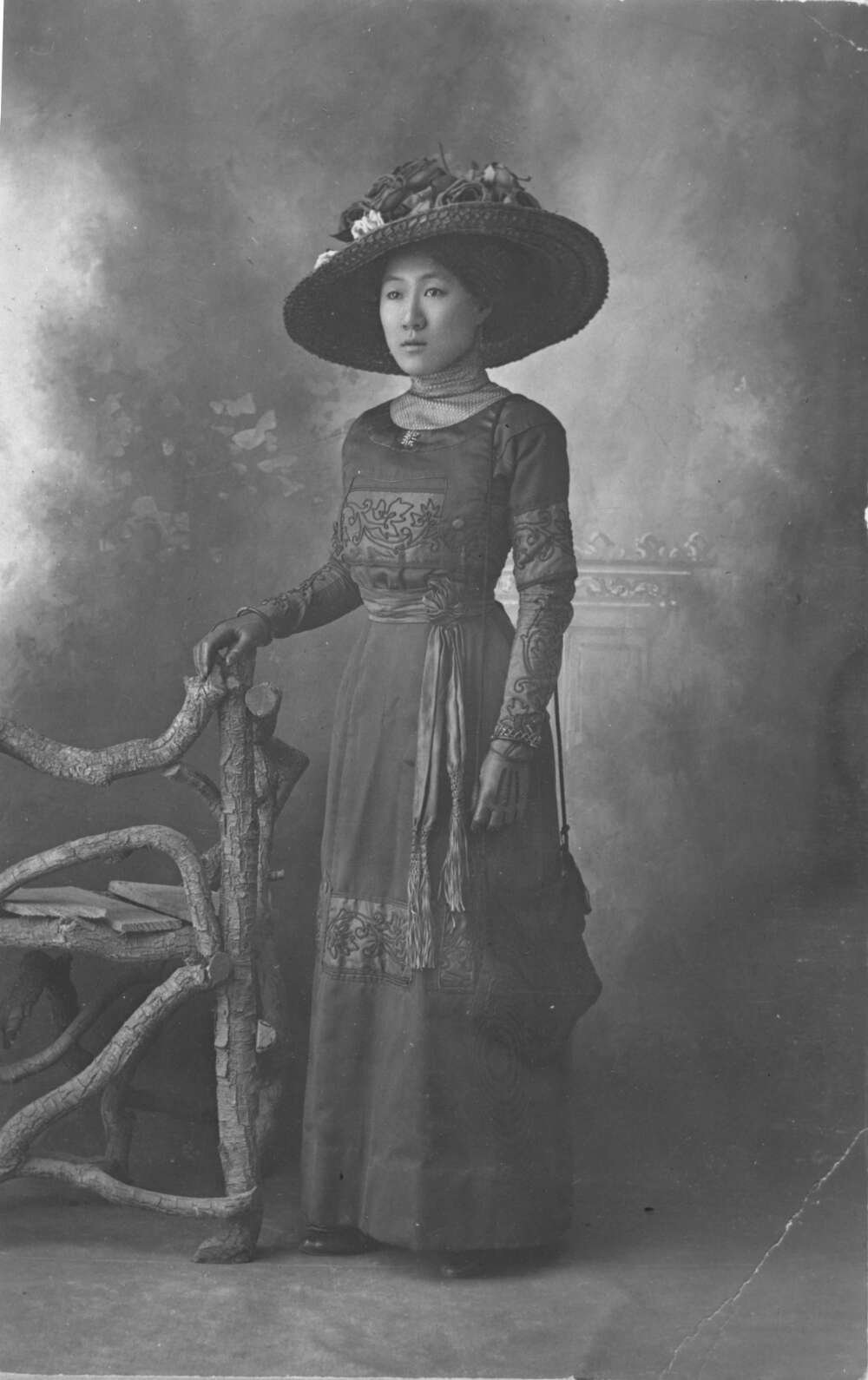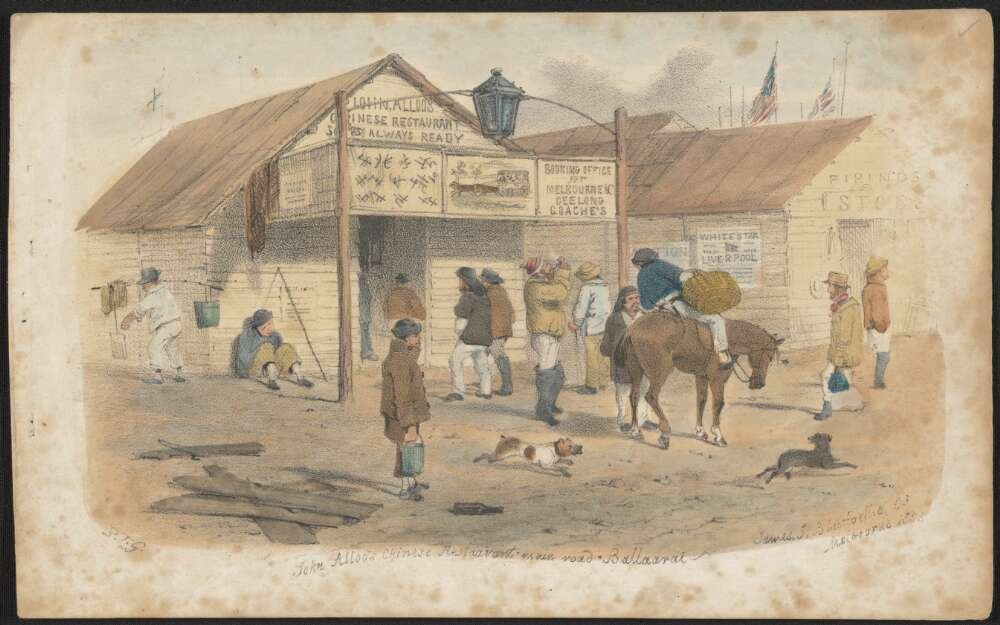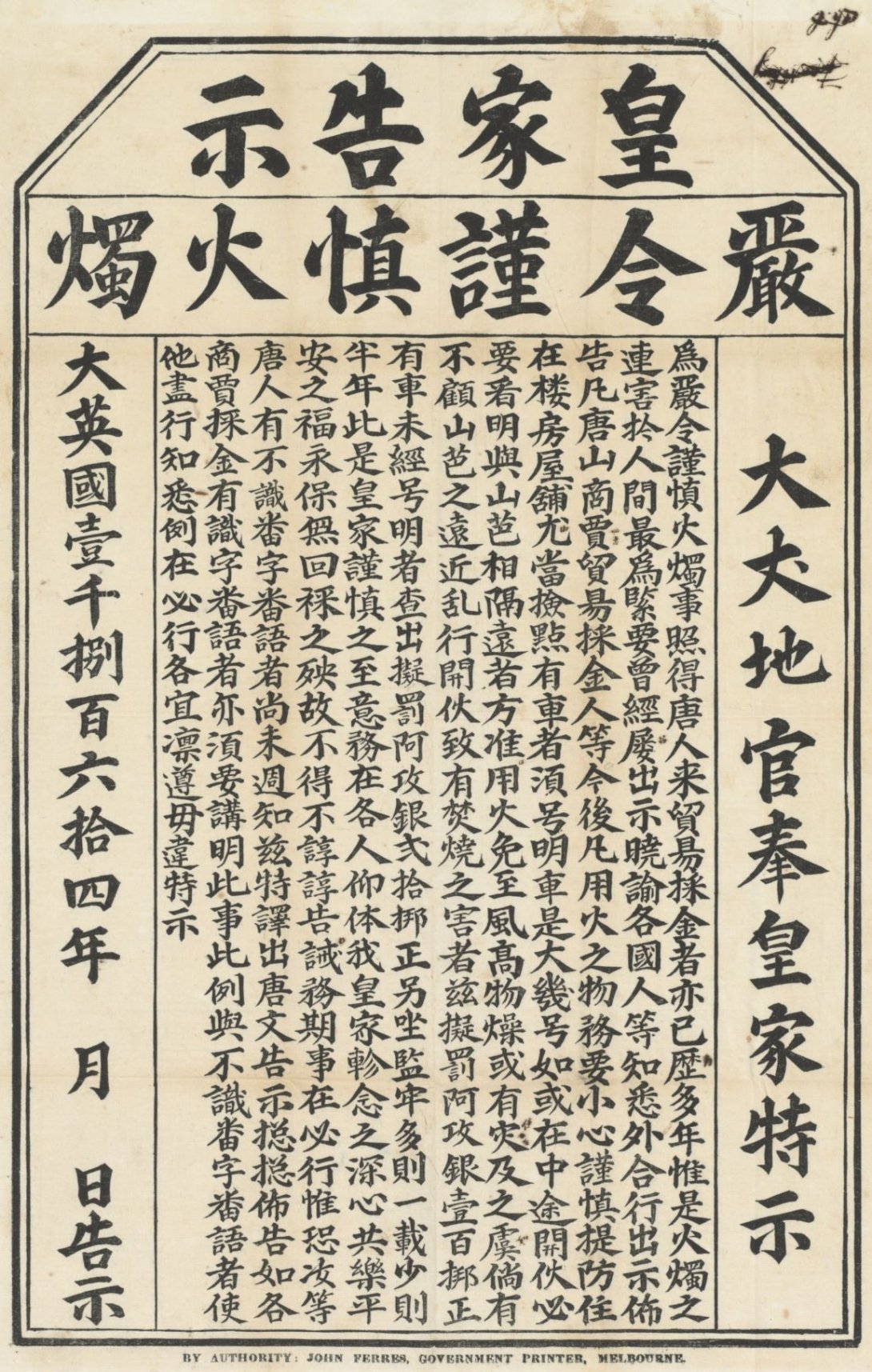
The experiences, images and voices of Chinese-Australians are the subject of a collecting project by the National Library throughout 2021 and 2022. See the Collecting Chinese-Australian stories page for information.

The experiences, images and voices of Chinese-Australians are the subject of a collecting project by the National Library throughout 2021 and 2022. See the Collecting Chinese-Australian stories page for information.
Legal Deposit
If you are an author or publisher, legal deposit is a requirement for Australian publications to be deposited with the National Library of Australia. You can now deposit electronic publication using the National edeposit service.
Chinese accounts of Australia – Bibliographies
As part of a joint project between the Australian National University and the National Library of Australia between 2000-2002, bibliographies of ‘Australiana’ resources were created to assist researchers with discovering Australia related content in Chinese publications:
Chinese journals and magazines
1995-2001 simplified characters
1986-2000 traditional characters
Chinese books and volumes
1973-1999 simplified characters
1956-2000 traditional characters

The National Library actively collects materials created by the Chinese communities and organisations in Australia, as well as Australia-related works published in China. This includes both historical materials and contemporary works.
The four earliest known Chinese-Australian newspapers are digitised and available through the National discovery service Trove. Links to the online newspapers are listed below.
Legal deposit is a requirement for Australian publications to be deposited with the National Library of Australia. In line with the Library’s preference, many works are now deposited and delivered in digital format through the National eDesposit service. Legal deposit enables the Library to collect, preserve and provide access to a comprehensive collection of Australia’s documentary heritage. Through legal deposit, a collection of Chinese-language publications including books, newspapers, magazines, community newsletters, reports and yearbooks is acquired. Examples include:
Chinese-language works about Australia or by Australian authors published in China, for instance:
The Library’s oral history collection includes a rich and diverse collection of interviews and recordings with earlier ones dating back to the 1950s. There are hundreds of individual interviews and recordings by Chinese migrants, Australians with Chinese background, Australian diplomats, politicians, academics, delegations and others who lived or visited China. Projects of particular note include:
These two projects were initiated and organised by Diana Giese. These collections comprise 77 interviews with Chinese Australians, recorded between 1992 and 2002 in Darwin, Cairns, Brisbane, Sydney, Melbourne, Innisfail, Townsville, Broome and Hobart. They include interviews with some notable public figures, such as Professor Mabel Lee, Dr John Yu, Bishop George Tung Yep, Henry Nan Hung Pan, Senator Bill O’Chee, King Moo Fong, Helen Sham-Ho, Annette Shun Wah, Marjorie Ho, Richard Lim and Helene Chung Martin. Interviewees also include pioneers and community leaders, businesspeople, artists and intellectuals, politicians, and members of the large Kwong, Chin, Fong, Yuen and Tong families.
This project was conducted in association with the Australia-China Council and the Museum of Chinese Australian History. It includes 13 interviews with Australians living in China and Chinese Australians born in Australia before WWII.
The former Australian ambassadors to the People’s Republic of China are interviewed to mark the 40th anniversary (1972-2012) of diplomatic relations between China and Australia.
Voices of Chinese Australian communities and China knowledge gained by Australia-China bilateral relations and cultural exchange are also represented in many other oral history projects. Relevant oral histories include interviews with early official and cultural delegations to China in the China Maytime Festival Tour 1971 project, with unemployed Indochinese refugees featured in the Cultural context of unemployment oral history project, and the Australian diplomacy 1950-1990 project where former diplomats, many of whom spent some time in China share their experience and stories, and many more.
Apart from the extensive oral history collection, you will find Chinese-related content in personal papers, diaries, documents, photographs, images, maps, rare books, and ephemera held by the Library, for example:
Collection highlights

A government proclamation issued in Chinese language on the Victorian goldfields in 1863, warning of the dangers of fire.

This 1899 pamphlet of Bow Yick Club and a few other Chinese-related items such as invitations to the opening ceremonies of the Elite Hall at the Queen Victoria Markets and the Chinses Joss House, Glebe Point in 1898, pak-ah-po lottery tickets were discovered in an Australian scrapbook: [Old Sydney: a collection of press cuttings, theatre and concert programmes, photographs, ephemera, postcards / compiled by William Noble] under the 2018 appeal, PROMPT theatre scrapbooks project.
![Man with a shoulder pole carrying baskets, the Rocks, Sydney, 1886 [picture] nla.cat-vn1552623](/sites/default/files/styles/wide/public/media/images/2022-07/nla.obj-135884616-1.jpg?itok=narGOfBo)
Australia-China oral history highlight
Listen to Maurice Leong’s recollection of his early lives. He speaks of the Sze Yap Society in Melbourne, which was first formed in 1854 with an aim to protecting the interests of the Victorian Chinese, how he came to Australia in 1936 and became a Chinese-Australian activist.